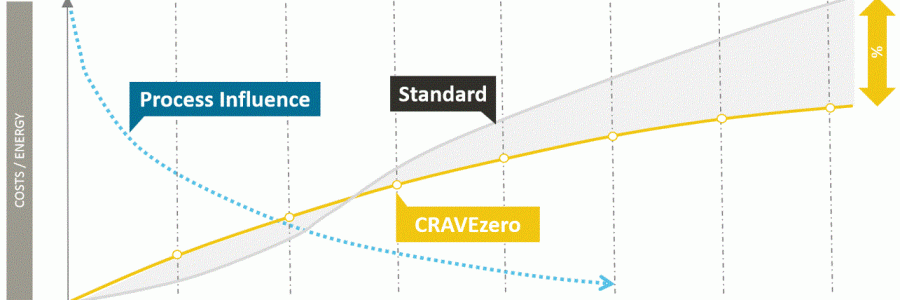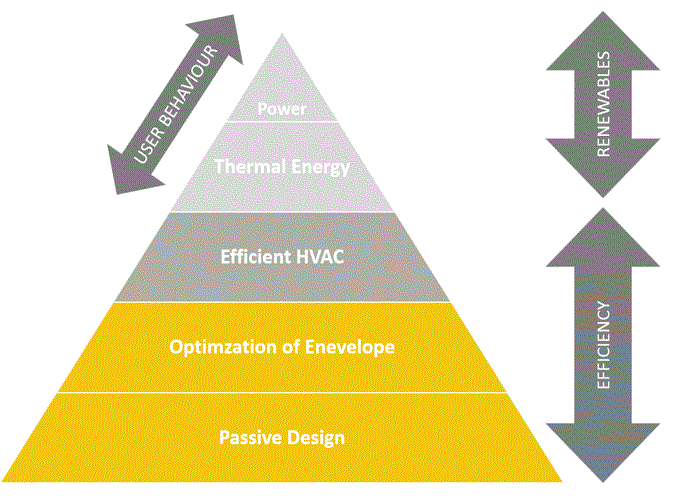
nZEB Processes

Download the full report here:
In addition to legal and urban boundaries, buildings are essentially defined by the client. Owners or investors want to construct or renovate buildings for a specific purpose. Also, the buildings technical quality and the comfort standard have to be achieved within project specific budget limitations. Architects and specialised planners translate the client’s ideas and wish into real plans and are responsible for the appropriate execution of the building project. Construction companies and craftsmen from numerous different disciplines are involved in constructing the building.
Especially in the planning phase, the choice and combination of building materials and technologies and the execution on the construction site as well as the overall integral planning, construction and operation are of great importance. The range of services provided to buildings in the urban context today has also changed over time and gained new aspects. Nearly zero energy buildings increasingly become active participants of our energy supply infrastructure and raise new challenges concerning the quality of planning, construction and operational phase of a building. This results in new approaches to innovative energy concepts for both the building and districts. Innovations related to the realisation of nZEBs arise in different life cycle phases of buildings and at different points of the value chain in the building industry. To reduce costs, accelerate processes and assure the quality of nZEBs the right decisions have to be taken at the ideal time within the overall process.

The focus on the developed method, the “CRAVEzero process”, is to promote a common, interdisciplinary understanding of the complexity of nZEB planning processes for all involved stakeholders. A well organised and transparent process is a key issue of achieving the goal of cost-optimal and sustainable nZEBs throughout the entire life cycle phase.
The complexity of processes in the life cycle of nZEBs is one of the main reasons why nZEB developments fail in the planning, construction or later on in the operational phase. Already from the very beginning, prerequisites must be created in order to define the requirements, and clear project objectives must be defined. Too often, promising building concepts fail to achieve costs and energy goals because project participants are not sufficiently aware of the manifold interactions of holistic planning contexts.
In order to minimise risks and possible bottlenecks, obstacles must be identified at an early stage. It is necessary to establish a common planning understanding for nZEBs among all actors early on. The design of new nZEBs begins with maximizing passive design, yet limiting energy consumption from the grid. To do this, planners often need to challenge the norms of traditional designs.
Each building has its unique process, where architects often start from scratch, collect the information and constraints of the local context, develope the building, carry out cost-optimal performance analyses, hopefully include an evaluation of the potential for using renewable energy. This means extra costs for the design process. Stakeholders repeat almost the same procedures without a coordinated and standardised process. As a starting point, an organized framework for a systematic approach for the life cycle process of low-cost nZEBs is needed. A clear connection between the building performances and the related costs is essential for ensuring the clarity of the process. A strategic element in the whole process is the introduction of a performance-based procurement approach as a common practice not only for public tendering but also for private construction.
Download the full report here:

